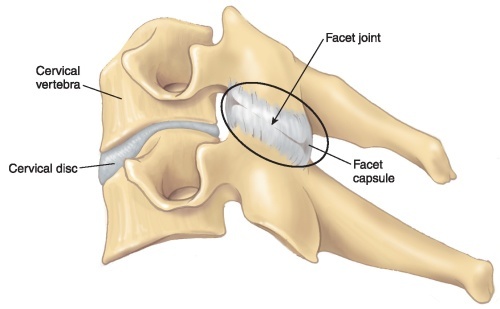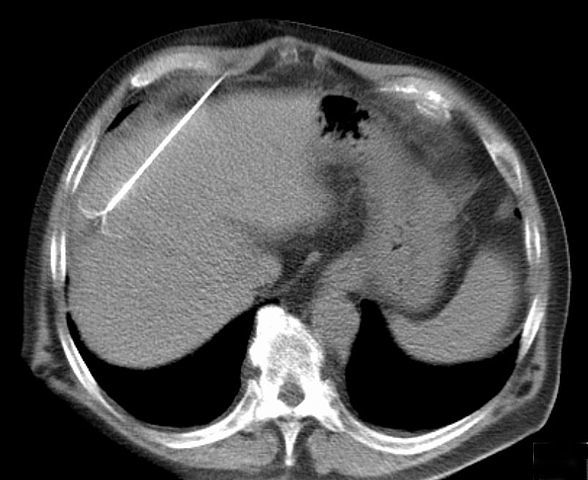
Radiofrequency Ablation Treatment
Performed by the award winning doctors in Raleigh, North Carolina

Radiofrequency ablation is a procedure in which radio waves are used to produce an electrical current that applies heat to targeted nerve tissue in order to relieve symptoms that are associated with various types of chronic pain. The manner in which the heat is applied to the affected nerves causes a semi-permanent disruption of pain signal transmission from the spinal column to the brain by impairing or completely destroying nerve tissue.
Radiofrequency Ablations are generally non-to minimally invasive and are conservative in nature.
Use the form on the right to request a call from our Patient Concierge Group.
Give us a call today at (919) 787-7246.[/color-box]
There are two basic types of radiofrequency ablation known as continuous radiofrequency and pulsed radiofrequency and both methods have been found to be effective at hindering the transmission of pain signals from specific nerves, thereby reducing or eliminating chronic pain. Furthermore, it is well documented that the heat-induced nerve damage is mainly responsible for the effectiveness of this pain treatment. However, reports have also suggested that improvements in the reported pain symptoms may also be attributed to the impact the electric field has on gene expression within neurons that are responsible for processing pain.
Currently, radiofrequency ablation is commonly utilized to treat pain that originates in the facet joints. Facet joints are structures that connect the vertebrae along the spine. Networks of medial branch nerves are located within facet joints and these tiny nerves transmit pain signals to the brain when nerve tissue becomes damaged or inflamed. When the pain becomes chronic, radiofrequency ablation is often performed in order to destroy the medial branch nerves and reduce or completely alleviate the pain. However, this procedure has also been successfully utilized to treat additional conditions such as arthritis-related pain, low back pain, and cervical facet pain.
Radiofrequency Ablation Procedure
In preparation for radiofrequency ablation, an anesthetic and sometimes a mild sedative are administered through an intravenous (IV) line in order reduce discomfort that may be caused by the procedure. Once the anesthetic has taken effect, the physician will begin to insert a needle into the spinal column in the region where nerves responsible for the chronic pain are located. Typically, this procedure is performed with the patient lying on the stomach, but if nerves in regions such as the neck need to be treated then the patient can lie on the back.

Imaging technology such as an X-ray or fluoroscopic device is used to guide the needle to the right position and then a microelectrode is inserted through the needle. While the electrode is being positioned, a very mild electrical current is initiated that creates a tingling sensation. The physician asks the patient if the tingling can be felt and also observes both sensory and motor stimulation in the patient as this helps ensure that the electrode has been placed in the proper position. It is important that nerves responsible for pain are treated and not motor nerves, therefore, mild electrical stimulation is also utilized to ensure that large muscle groups are not being stimulated. This type of stimulation may cause minor throbbing and twitching, but this provides the physician with an indication of regions to avoid in order to prevent damage to motor nerves.
Types of Radiofrequency Ablation
There are two types of radiofrequency treatment for chronic pain known as continuous radiofrequency, which was established in 1931, and pulsed radiofrequency, which is an alternative approach that was established in the 1970s. For continuous radiofrequency ablation, the frequency of the current is gradually increased until the temperature of the electrode is between 50 to 80°C (122 to 176°F). The temperature is sustained for 80 to 90 seconds, which is the approximate time it takes for the heat to cause damage to a nerve.
More than one site along a nerve is often exposed to heat to increase the probability of causing the nerve to be completely cut. As a result, the heat that is generated by the electrode disrupts the nerve’s ability to transmit pain signals. Radiofrequency ablation can take approximately one to two hours to complete depending on the position of the injection site as well as the number of nerves that need to be treated.
Pulsed radiofrequency ablation is quite similar to the procedure for continuous radiofrequency ablation, but very brief 20 millisecond intervals of high voltage currents followed by silent intervals of 480 milliseconds are utilized. The alternating electric currents produce temperatures in the range of 40 and 42°C (104 to 107.8°F) and the pulsing pattern is maintained for at least 120 seconds and up to 8 minutes depending on the location and number of nerves that need to be treated.

